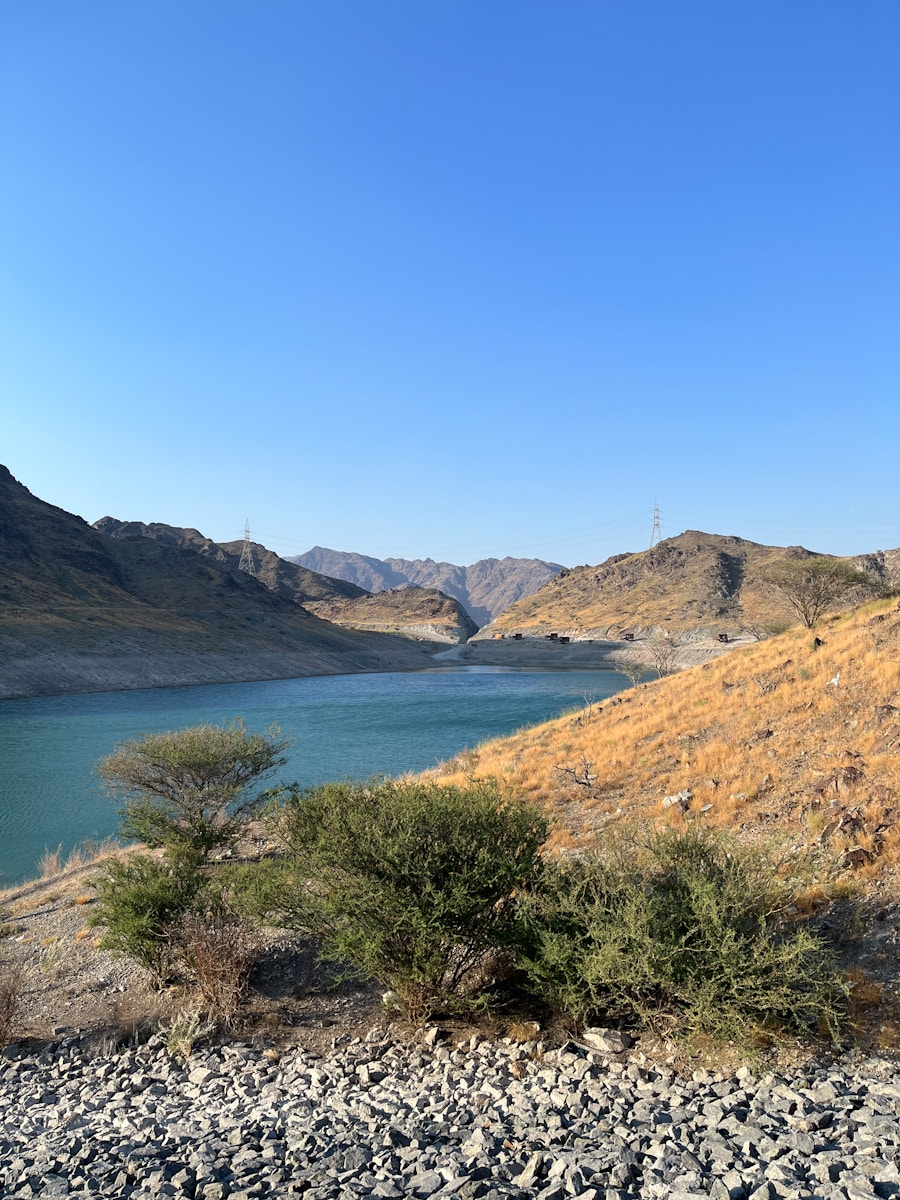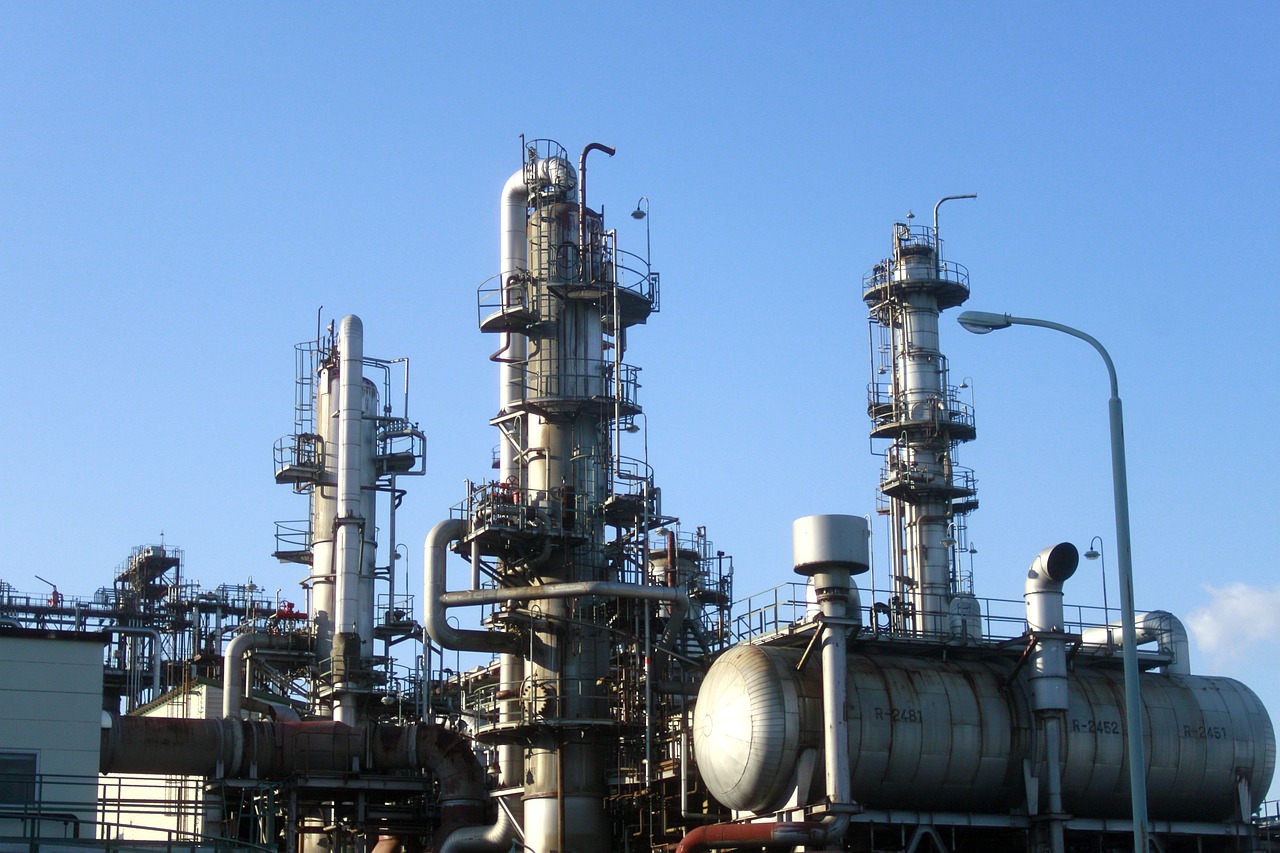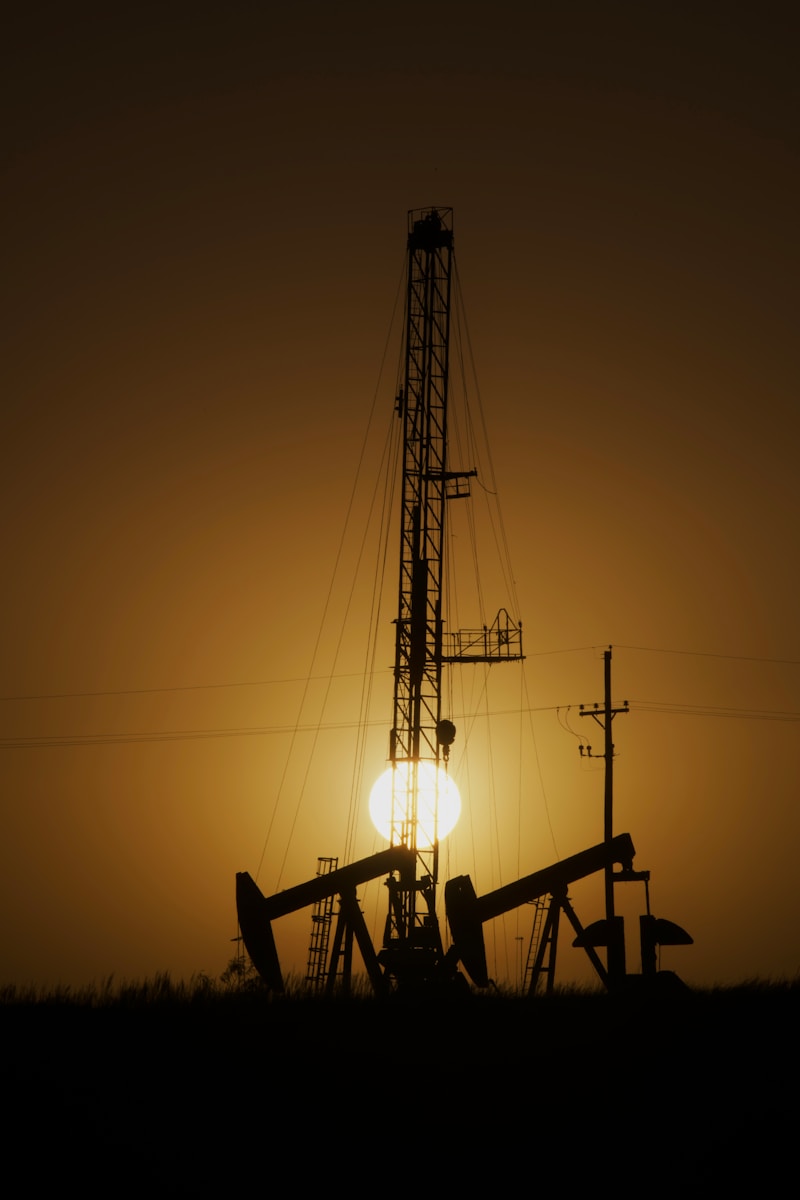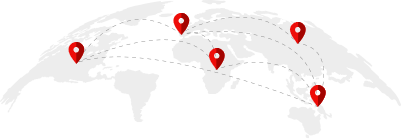
Dubai’s Hatta Hydroelectric Plant Set to Power Homes by Year-End, Marking Regional Milestone
Dubai is gearing up to launch the Middle East’s inaugural hydroelectric power plant in Hatta by the end of 2025, harnessing the region’s mountainous terrain to generate clean energy for homes and businesses. The innovative project, with a 250-megawatt capacity, is designed to meet the electricity needs of Hatta’s residents while channeling any excess power into Dubai’s broader grid.
The announcement came during the Water, Energy, Technology, and Environment Exhibition (WETEX) at the World Trade Centre, underscoring Dubai’s push toward diversified and sustainable energy sources. Dr. Yousef Al Akraf, chairperson of the sales, logistics, and sponsorships committee for WETEX, described the Hatta hydroelectric station as a groundbreaking achievement in the UAE’s sustainability efforts. “This is the first hydroelectric project in the Middle East,” he noted. “It features a two-tier dam system in the mountains and will operate continuously throughout the year.”
How the System Operates
The plant cleverly integrates water storage with solar energy. During daylight hours, solar-powered pumps will transfer water from a lower reservoir to an upper one. When electricity demand rises, the stored water is released through a tunnel, flowing downhill at high speed to drive turbines and produce power. “This setup ensures a steady supply of clean, reliable energy for Hatta, with any surplus directed to Dubai’s grid,” Dr. Al Akraf explained.
The 250-megawatt output not only covers local requirements but also enhances grid flexibility by combining energy storage, reliability, and eco-friendly production.
Broader Sustainability Initiatives
In parallel, the Dubai Electricity and Water Authority (DEWA) is advancing other green projects, such as the Al Sheraa building (soon to become DEWA’s headquarters). Equipped with rooftop solar panels, it generates more electricity than it uses, feeding the excess back into the grid. “The Al Sheraa building will fully self-sustain its power needs and contribute surplus energy,” Dr. Al Akraf added.
A Regional Pioneer
While hydropower is widespread in Europe, Asia, and the Americas, the arid landscapes of the Middle East have historically made such initiatives challenging. Dubai’s solution—pairing Hatta’s natural elevations with solar technology—creates a viable model that could influence similar developments across the region. “The Hatta project demonstrates how we can leverage local resources like mountains, reservoirs, and solar power for sustainable energy,” Dr. Al Akraf said.
This venture aligns with the UAE’s broader goals of achieving net-zero emissions and innovating in renewable energy, positioning Dubai as a leader in regional green technology.




